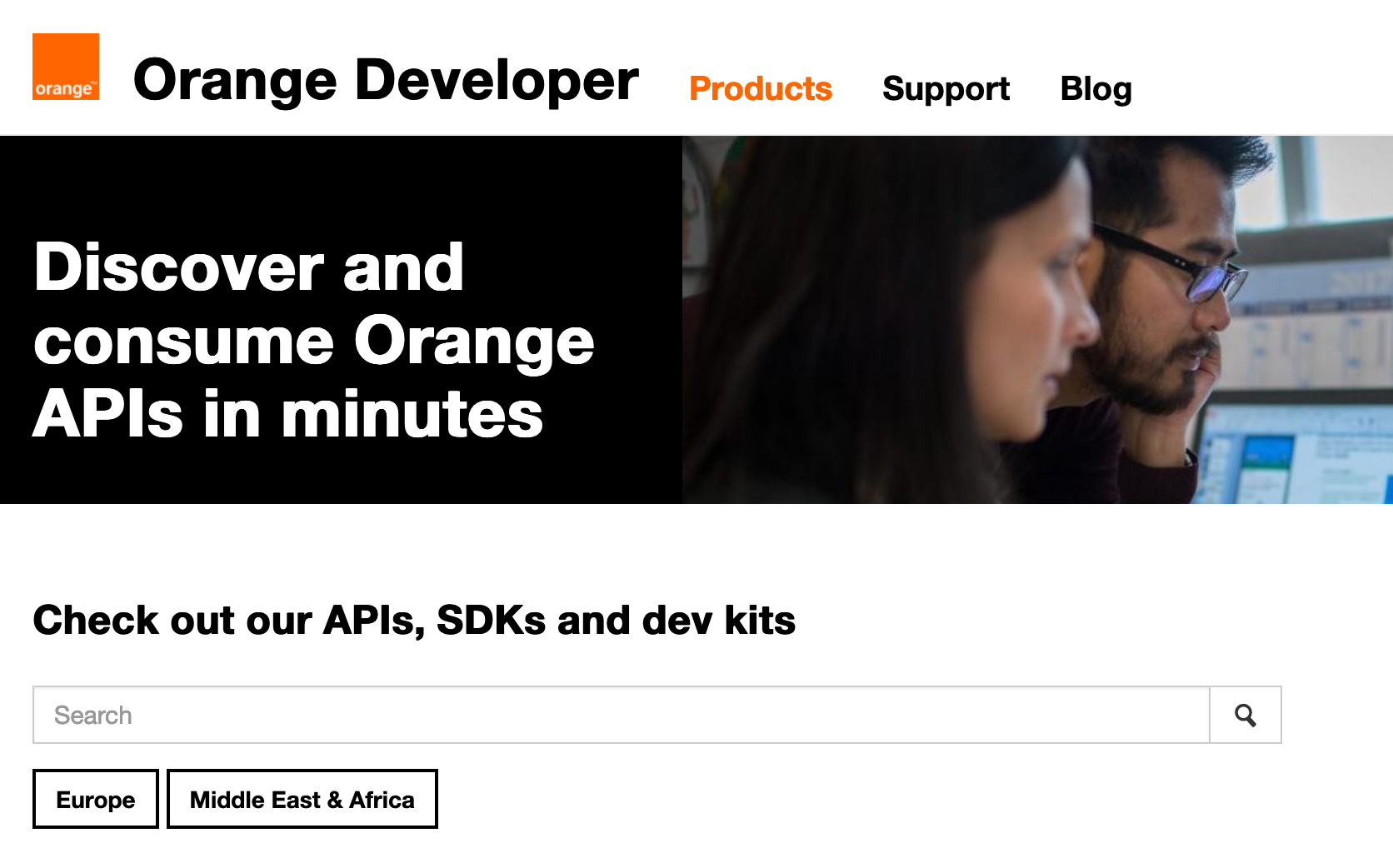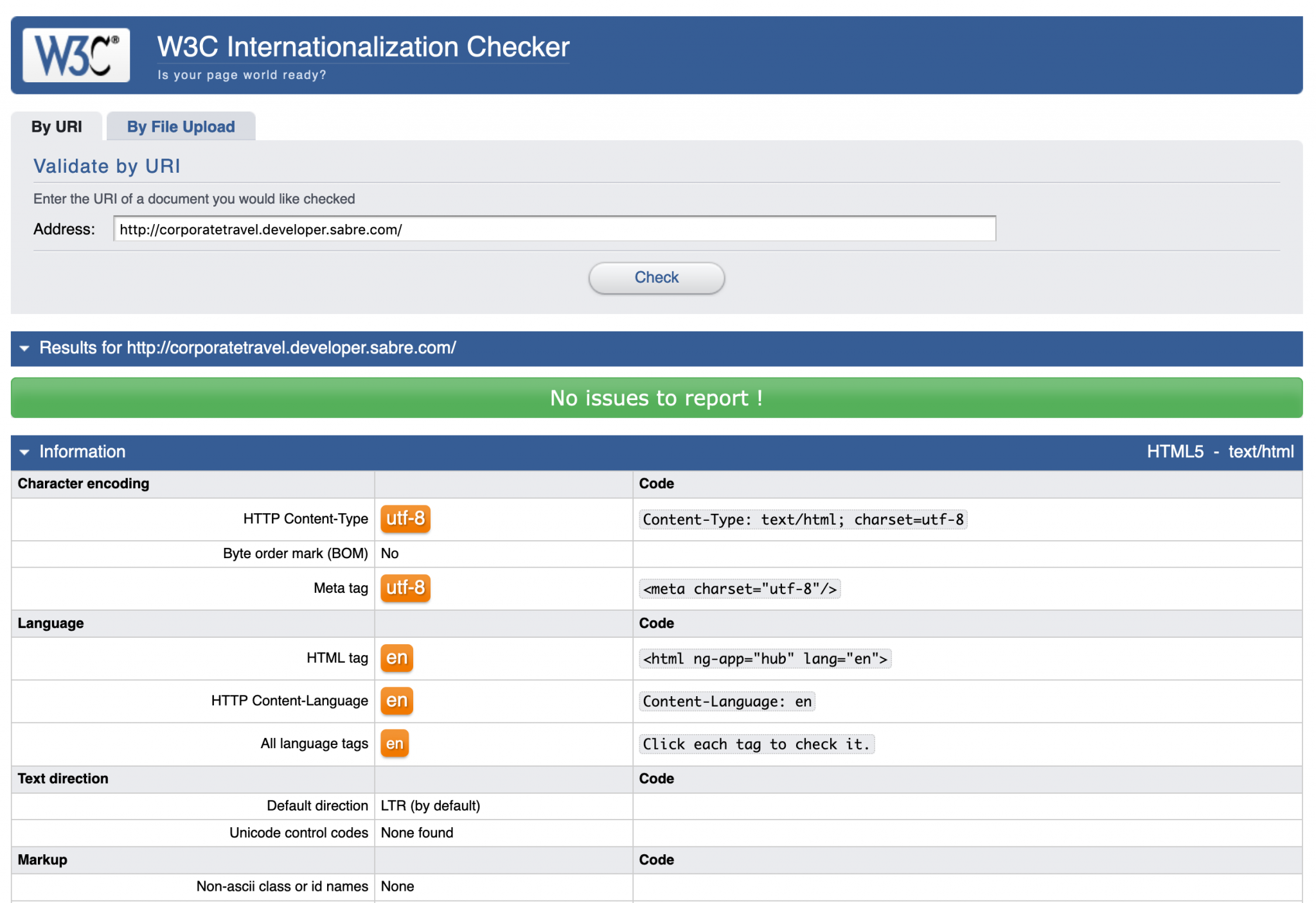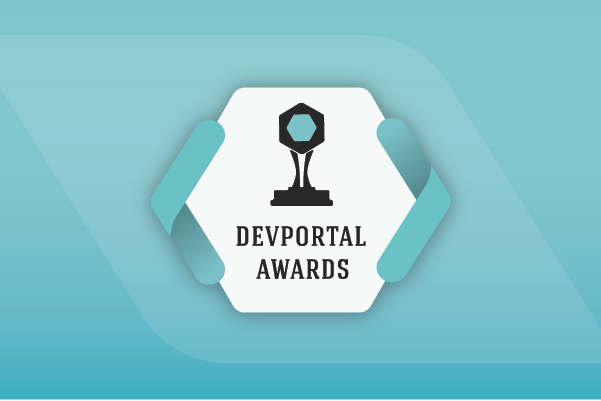Best International & Localized Devportal
Breadcrumb
- Home
- PronovixBlog
- Best International & Localized Devportal
The Best International & Localized Devportal for the DevPortal Awards category was first introduced in 2019. We will highlight the criteria that we think defines this category and provide examples based on prior year nominations.
Throughout our developer portal research and project work, we found that companies often address audiences with specific expectations in various regions. When you pay attention to accessibility, internationalization & localization elements, the overall user experience will be better and your users will be more likely to engage with your devportal.
This article collects various explanations, tricks and tools that enable inclusivity in the broad sense. The examples in this post are taken from some of the DevPortal Awards 2018 nominees.
Our DevPortal Awards definition for this category: “Devportals that implement devices or content strategies to address cultural diversity, differences in language capabilities, local legal requirements and regional expectations.”
According to Wikipedia, internationalization (I18n) is the process of designing a software application so that it can be adapted to various languages and regions without engineering changes. Localization (L10n) is the process of adapting internationalized software for a specific region or language by translating text and adding locale-specific components.
In short: internationalization — with its design and development practices — enables localization for target audiences that vary in culture, region, or language.
In her article on the role that UX writers play in localizing a regional product, Nina, of Honestbee design, states that “it’s more than just writing with correct grammar, it’s truly about using words that people can identify with.’’ Some of the listed tips:
Localization is more than translating and updating existing content: it aims at adapting a product, application or content to the language, cultural and other requirements of a specific target market, the “locale”. It might require the rethinking of logic and visual design. Localization can involve customization connected to:
At the API the Docs London 2018 conference, Atsushi Nakatsugawa illustrated what the benefits of localization are, in comparison to translation only.
What do you need to run a global API business? You translate or localize content, and also:


The examples in this post are taken from some of the previous DevPortal Awards nominees and winners.

The Best Developer Portals Learn more about the award categories for the Developer Portal Awards and how you can submit a nomination.

Kathleen is an information architect helping clients find out how to align business goals and user needs with the knowledge we gathered about devportals. She grew her expertise through early research on developer portals to determine components, strategy, and best practices for user experience. She holds master's degrees in history and in archival science & records management.
Articles on devportals, DX and API docs, event recaps, webinars, and more. Sign up to be up to date with the latest trends and best practices.

